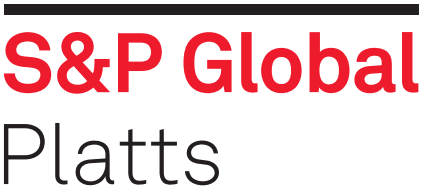The European Parliament Wednesday agreed changes to anti-dumping and anti-subsidy legislation that will aid proof of dumping against third-countries.
Existing regulation has been amended to ensure that when costs are artificially low, information from other representative markets, or from published reference prices, can be used in dumping investigations. Dumping can only be proved where export prices are below domestic levels, but many actors – including Eurofer – have argued that certain dumping cases were hindered by distortions to domestic prices and costs; China being a prime example.
“Costs are normally calculated on the basis of records kept by the exporter and producer under investigation. However, where there are direct or indirect significant distortions in the exporting country with the consequence that costs reflected in the records of the party concerned are artificially low, such costs may be adjusted or established on any reasonable basis,” according to the amended regulation.
Where investigated imports come from non-members of the World Trade Organization, “normal value should be determined on the basis of the price or constructed value in an appropriate representative country, or the price from such a third country to other countries, including the Union, or where those are not possible, on any other reasonable basis, including the price actually paid or payable in the Union for the like product,” the amended regulation said.
European steel producers’ association Eurofer said the amendment “arose from the EU’s move away from having a specific list of ‘non-market’ economies for which a ‘non-standard’ methodology automatically applied.”
“It is important to ensure that European businesses are shielded sufficiently from dumping from countries that significantly distort markets.
“Now that new methodology has been agreed by the EU, it must actually work in defending European jobs and industry against dumping from countries with significant distortions – as the US’ approach does,” it said.
Steel market sources have speculated the amendments to the methodology could make it easier to prove dumping. Speaking at a Eurometal event in Ghent, Belgium, earlier this year, Simone Jordan, chairwoman of ISTA, said Indian exporters could find themselves under pressure following the change. India’s domestic iron ore prices have typically been below levels into China, the world’s largest consumer, and ensuring sufficient supply for domestic Indian producers has been a political issue in recent years.
“Is India now on the EU’s radar? I thought they would be safe because they have Market Economy Status, but clearly that could be trickier now,” Jordan said at the event in Belgium.
India has ramped up shipments into Europe exponentially this year. Hot rolled coil shipment over January-September reached 936,000 mt – second behind Turkey’s 1.5 million mt – up from 161,000 mt in the same period of 2016.
Annalisa Villa and Colin Richardson, SBB DAILY BRIEFING





